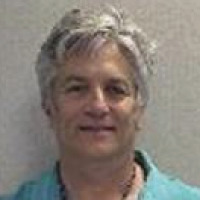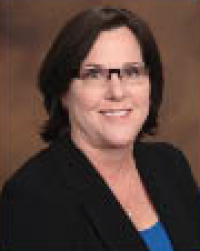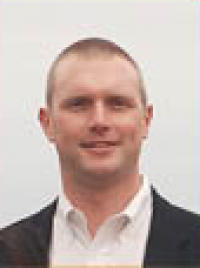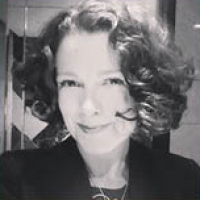Archive for March 2014
A Brief Overview of Radiation Related Research in the Microfabrication Program at Sandia National Laboratories
SPEAKER: MARK S. DERZON DATE/TIME: MON, 03/31/2014 – 4:00PM TO 5:00PM LOCATION: 3105 ETCHEVERRY HALL Spring 2014 Colloquium Series Abstract: Microfabrication offers some unique opportunities to build radiation sources as well as sensors. Recently we have proposed fabricating pulsed accelerator diode components with lithographic methods for both neutron and x ray sources. This seminar will split our time…
Read MoreThe Great Unknownium Debate
SPEAKER: MICHAELE (MIKEY) BRADY RAAP, PH.D. DATE/TIME: MON, 03/17/2014 – 4:00PM TO 5:00PM LOCATION: 102 MOFFITT Spring 2014 Colloquium Series Abstract: The US is heavily invested in the detection and interdiction of nuclear materials. Radiation monitoring at international border crossings and security stations at international ports of entry are a key defense in this area. So what happens…
Read MoreLaser Plasma Accelerators and MeV Photon Sources for Nuclear Physics
SPEAKER: CAMERON G.R. GEDDES, PH.D. DATE/TIME: MON, 03/10/2014 – 4:00PM TO 5:00PM LOCATION: 3105 ETCHEVERRY HALL Spring 2014 Colloquium Series Abstract: Laser-plasma accelerators (LPAs) produce GeV electron beams in centimeters, using the plasma wave driven by the radiation pressure of an intense laser. Such compact high-energy linacs are important to applications ranging from future high energy physics to…
Read MoreDelivering Britain’s Low-Carbon Nuclear Renaissance
SPEAKER: KIRSTY GOGAN, MSC DATE/TIME: MON, 03/03/2014 – 4:00PM TO 5:00PM LOCATION: 3105 ETCHEVERRY HALL Spring 2014 Colloquium Series Abstract: For the last ten years, government policy in Britain has sought to re-invigorate nuclear power as a major contributor to meeting the ‘energy trilemma’; how to produce a stable, affordable and clean source of power sufficient for a…
Read More


